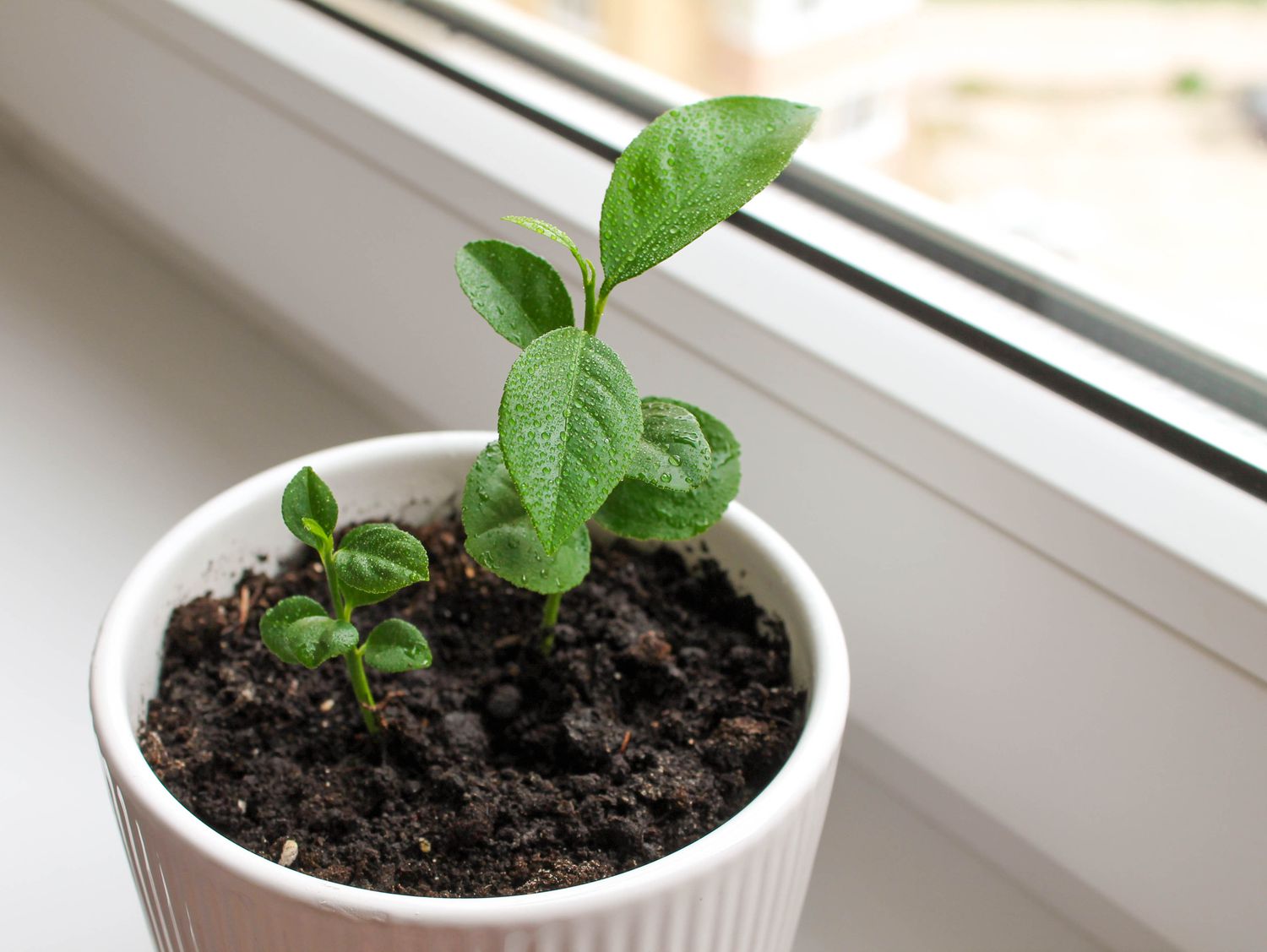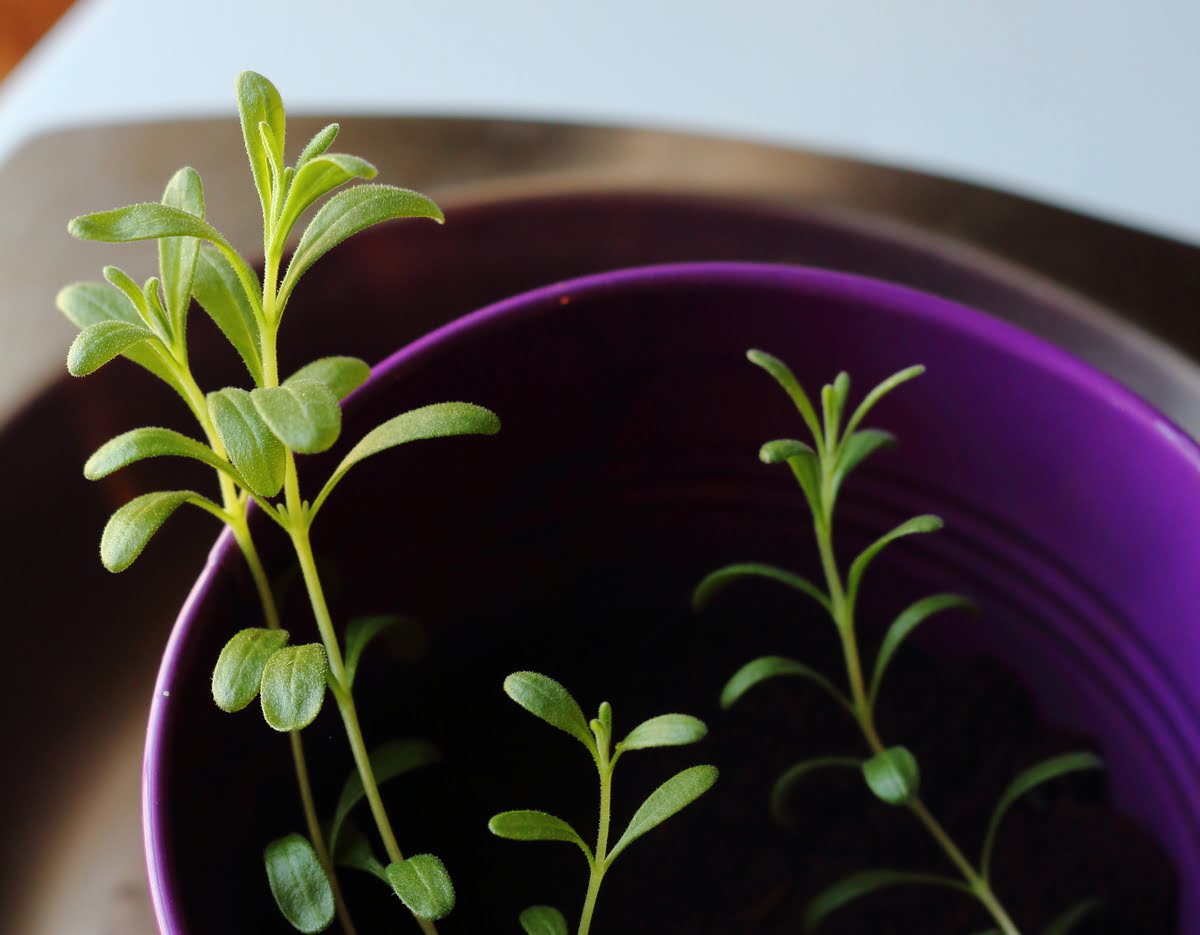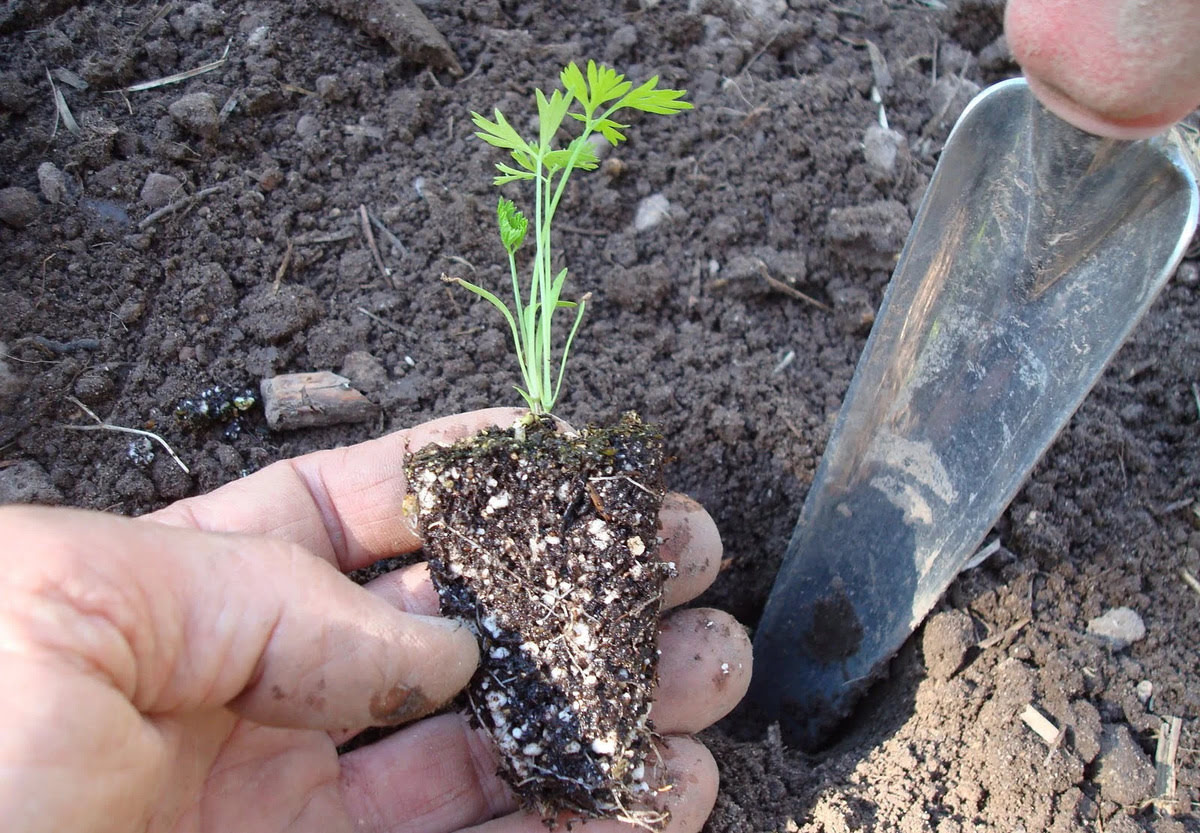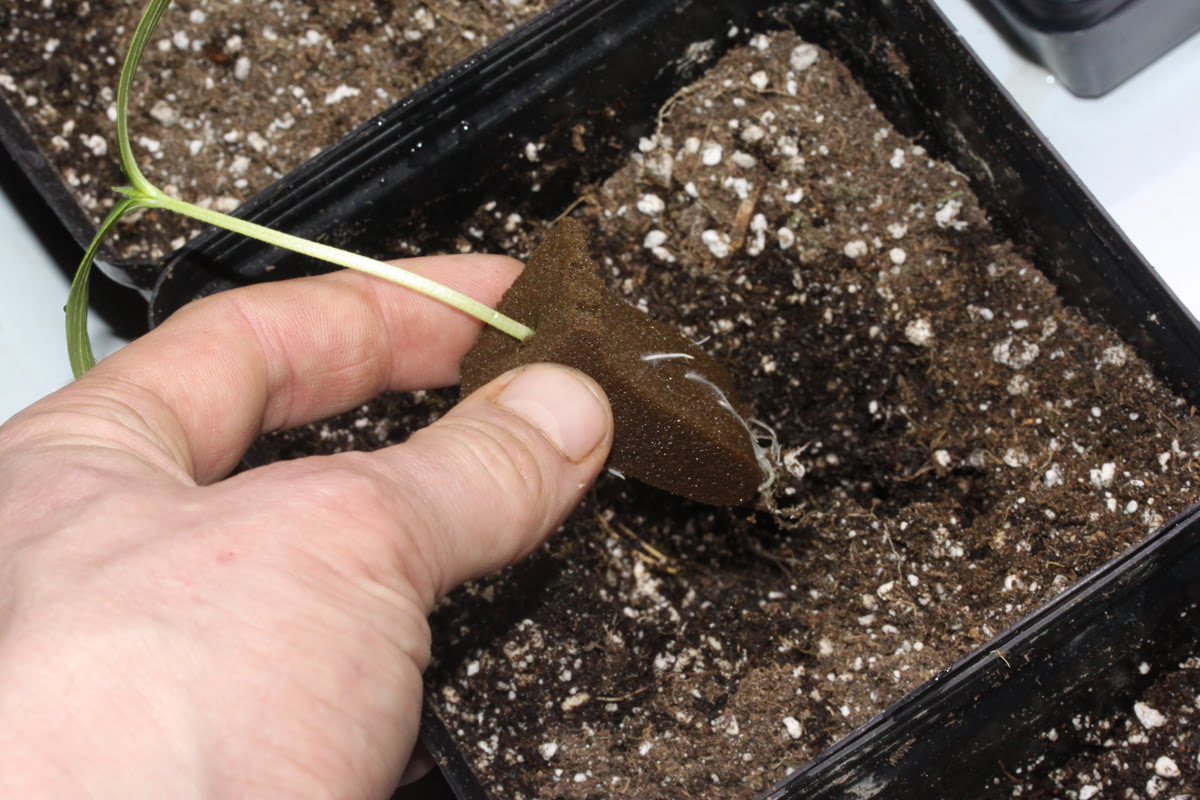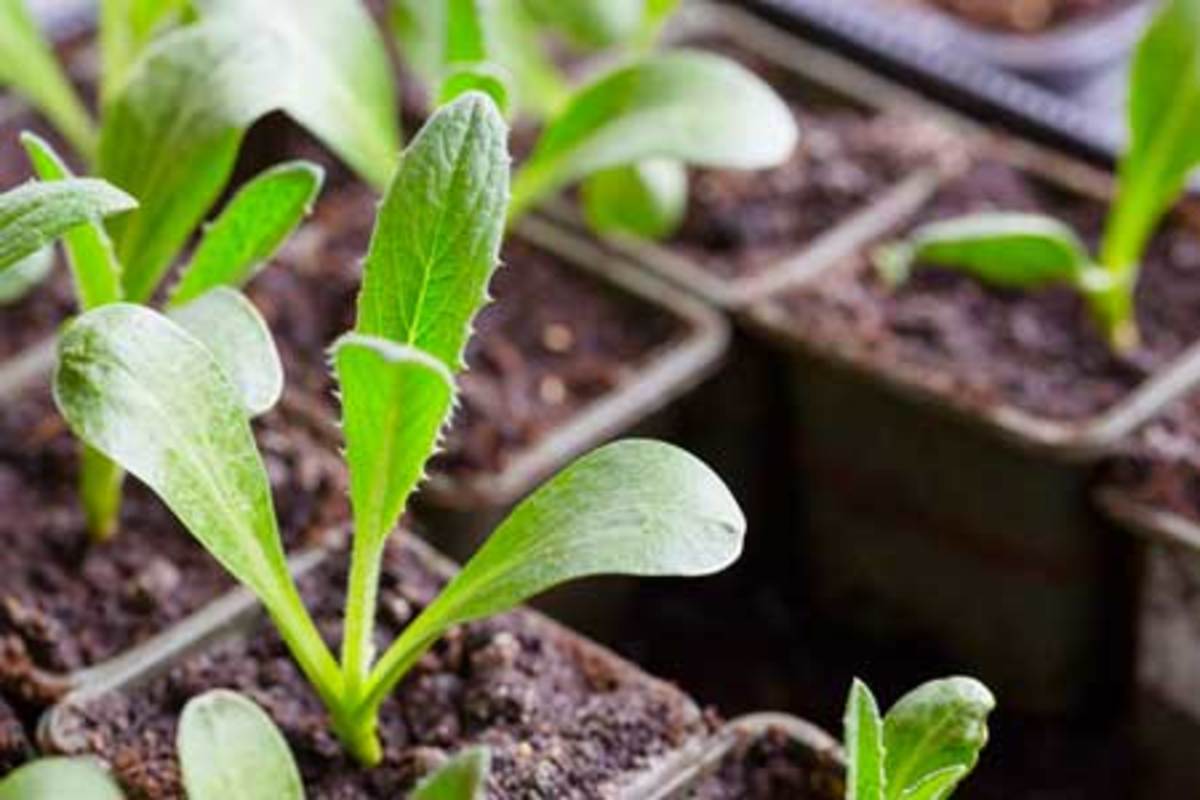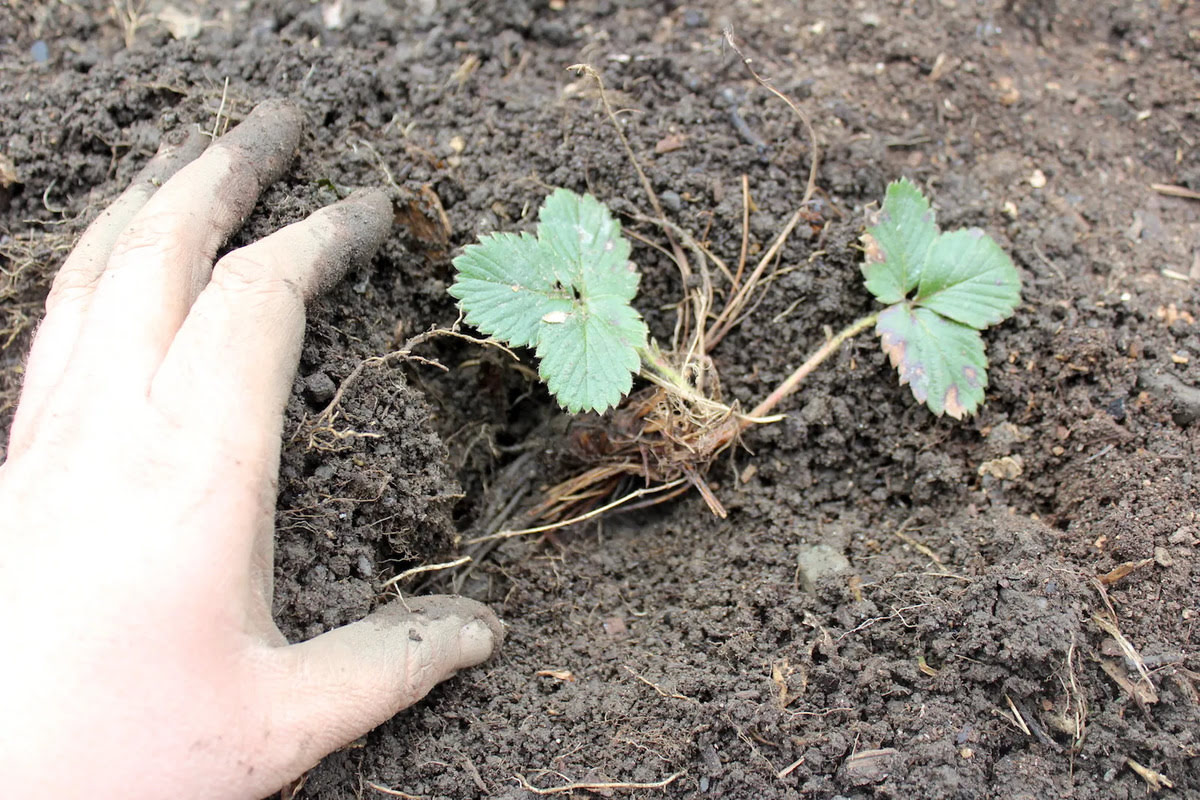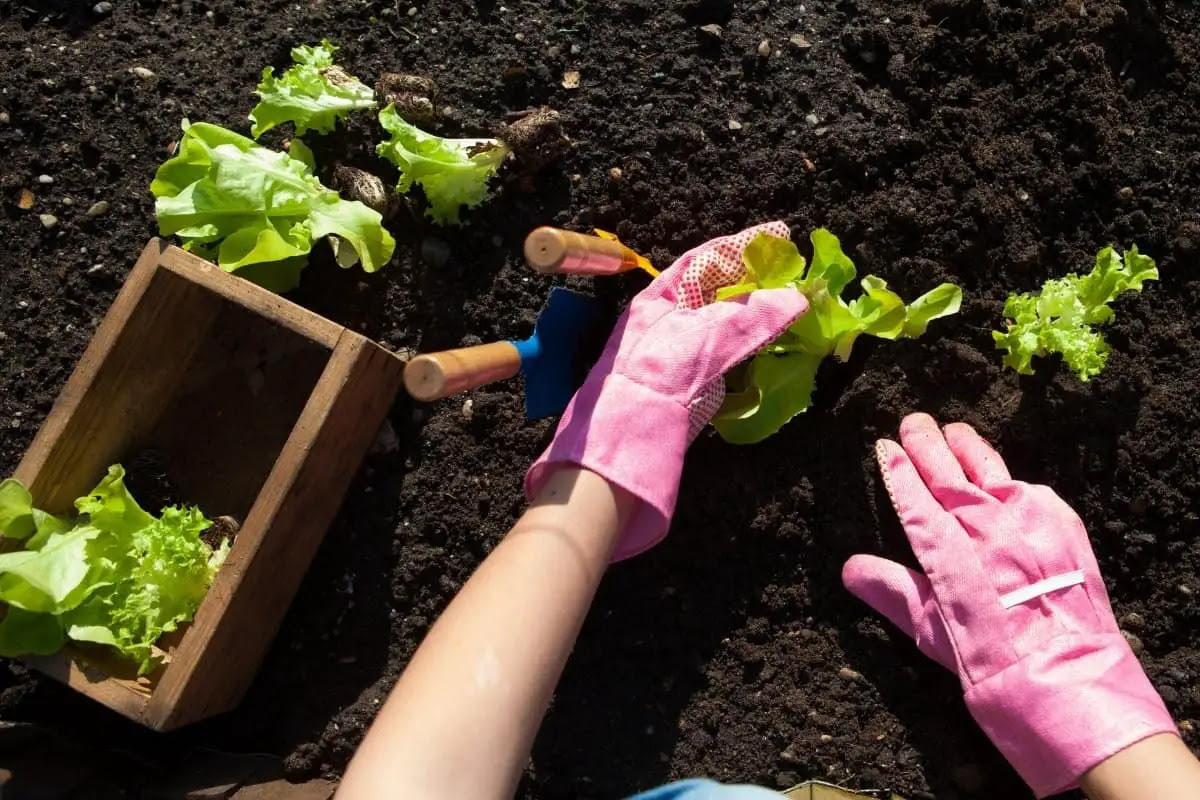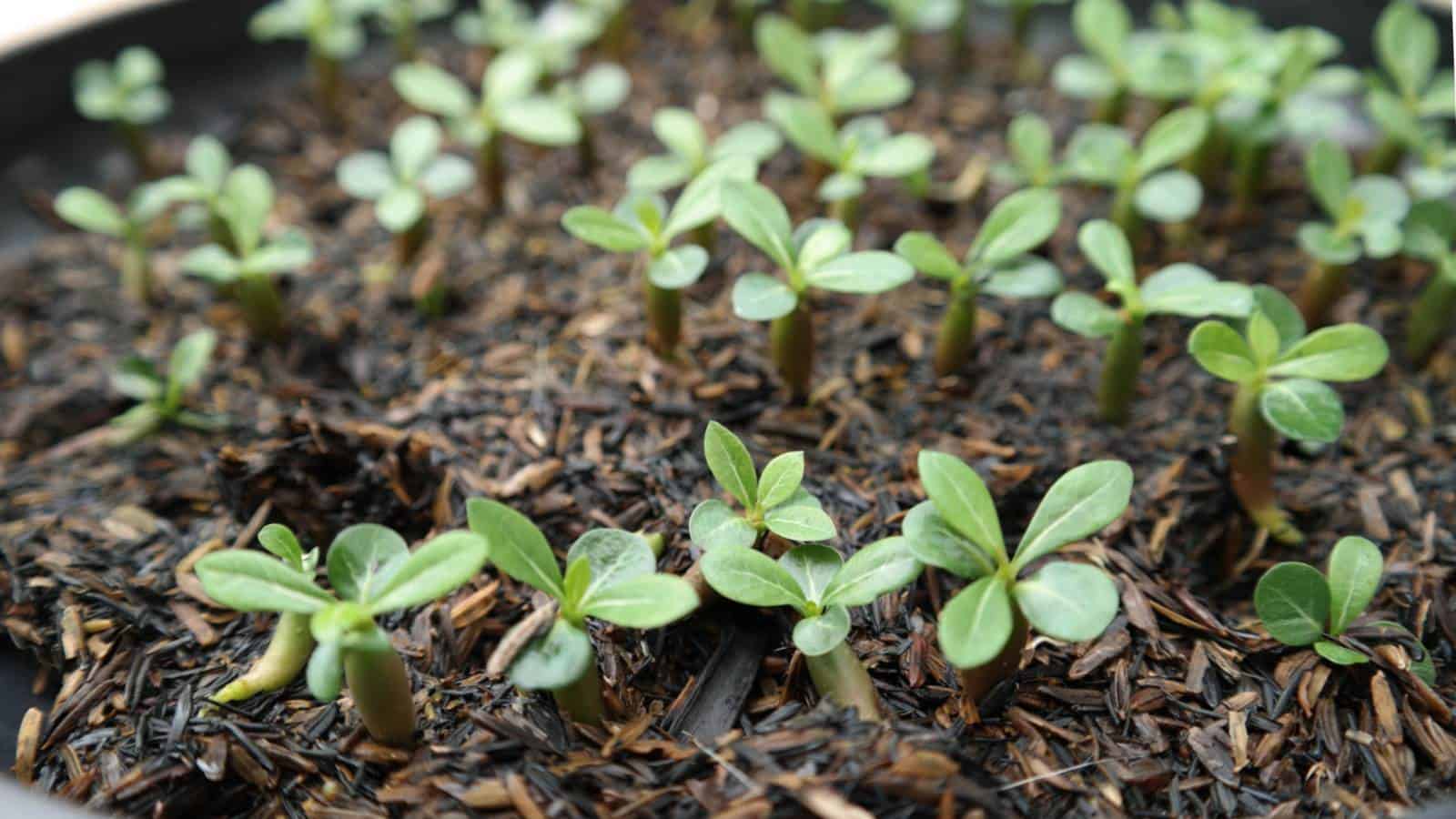Home>Types of Gardening>Edible Gardening>When To Transplant Kale Seedlings
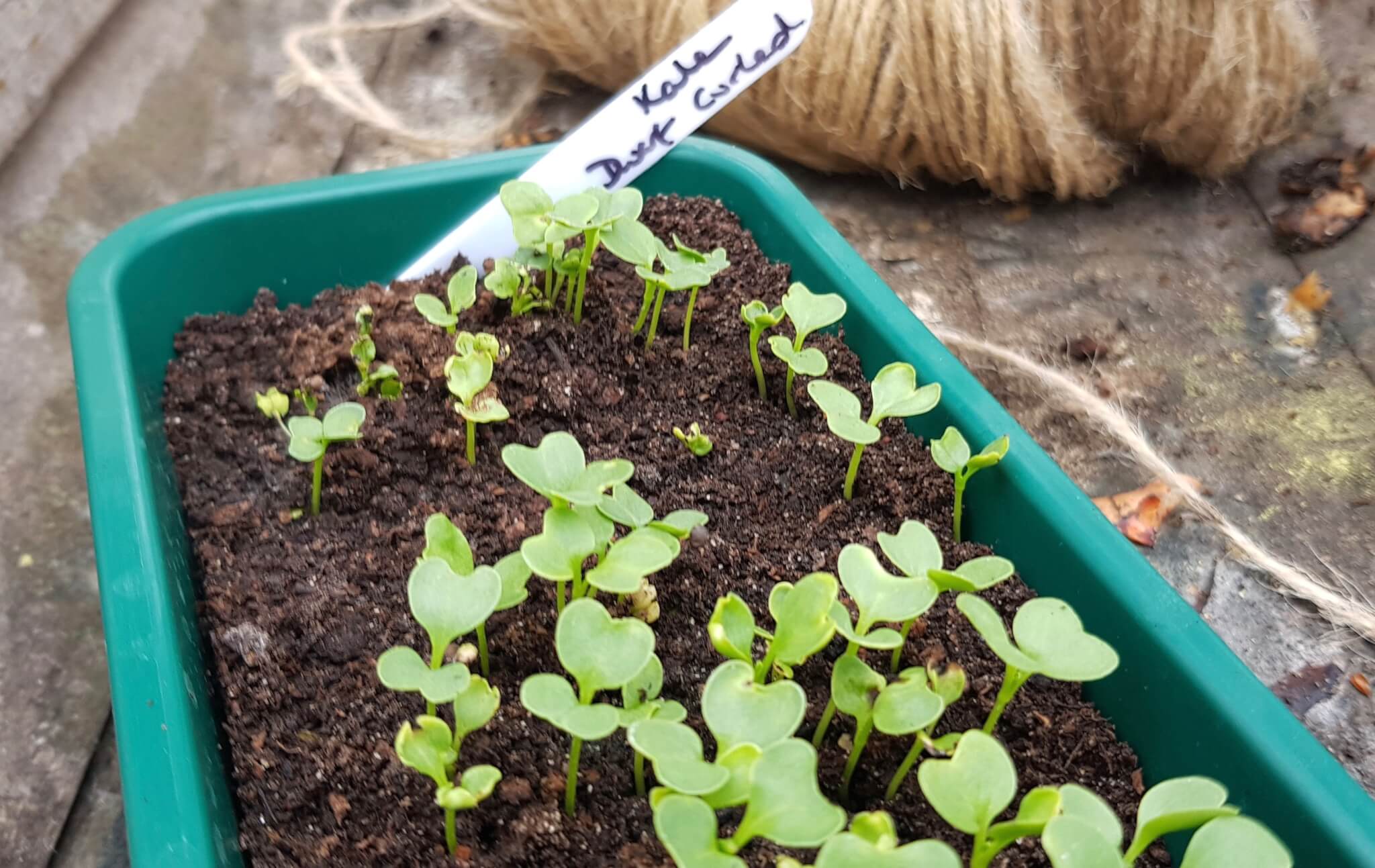

Edible Gardening
When To Transplant Kale Seedlings
Published: January 2, 2024
Learn when to transplant kale seedlings in your edible garden for healthy and thriving plants. Follow these expert tips for successful transplanting.
(Many of the links in this article redirect to a specific reviewed product. Your purchase of these products through affiliate links helps to generate commission for Chicagolandgardening.com, at no extra cost. Learn more)
Table of Contents
Introduction
Introduction
Kale, a nutritional powerhouse and a favorite among home gardeners, is a hardy and versatile leafy green that thrives in various climates. Growing kale from seedlings is a rewarding experience, offering the satisfaction of nurturing these vibrant greens from their earliest stages. Transplanting kale seedlings is a crucial step in the gardening process, as it sets the stage for robust growth and bountiful harvests. Understanding the optimal time to transplant kale seedlings is essential for ensuring their successful establishment in the garden.
This article delves into the intricate world of kale seedlings, shedding light on the ideal conditions for transplanting them and the steps involved in the process. Whether you are a novice gardener or a seasoned enthusiast, mastering the art of transplanting kale seedlings will empower you to cultivate thriving kale plants in your garden. Let's embark on a journey to unravel the mysteries of kale seedlings and discover the perfect timing for their transplantation.
Understanding Kale Seedlings
Before delving into the intricacies of transplanting kale seedlings, it is essential to gain a comprehensive understanding of these young plants. Kale seedlings typically emerge from the soil approximately one to two weeks after sowing the seeds. At this stage, they develop their first set of true leaves, which are distinct from the initial seed leaves, known as cotyledons. These true leaves are an indicator of the seedlings’ readiness for transplantation.
It is crucial to monitor the growth of kale seedlings diligently, ensuring that they receive adequate sunlight, water, and nutrients. As they mature, the seedlings gradually develop stronger stems and a robust root system, preparing them for the transition to the outdoor garden environment. Understanding the growth patterns and requirements of kale seedlings is pivotal in determining the opportune moment for their transplantation.
Furthermore, familiarizing oneself with the specific variety of kale being cultivated is essential, as different cultivars may exhibit varying growth rates and environmental preferences. By recognizing the unique traits of the chosen kale variety, gardeners can tailor their care and transplantation timing to suit the specific needs of the plants.
As we unravel the nuances of kale seedlings, it becomes evident that these young plants are resilient and adaptable, capable of thriving when provided with the optimal conditions for growth. Armed with this knowledge, we are poised to explore the ideal timing for transplanting kale seedlings, a pivotal stage in their journey from tender young plants to flourishing kale specimens in the garden.
When to Transplant Kale Seedlings
Transplanting kale seedlings at the appropriate stage is crucial for ensuring their successful acclimatization to the outdoor environment and promoting robust growth. The ideal timing for transplanting kale seedlings hinges on various factors, including their age, size, and the prevailing weather conditions.
Typically, kale seedlings are ready for transplantation when they have developed at least two sets of true leaves, in addition to the initial cotyledons. At this stage, the seedlings are sturdy enough to withstand the transplantation process and adapt to their new surroundings. This usually occurs when the seedlings are approximately 3 to 4 weeks old, though the exact timing may vary based on the specific growing conditions and the kale variety being cultivated.
Moreover, assessing the outdoor weather conditions is paramount when determining the opportune moment for transplanting kale seedlings. It is advisable to wait until the threat of frost has passed and the soil temperature has sufficiently warmed. Kale seedlings thrive in cool weather, so transplanting them when the ambient temperatures are consistently mild and the risk of frost has diminished sets the stage for their successful establishment in the garden.
Furthermore, considering the long-term weather forecast and the anticipated climatic conditions in the weeks following transplantation is essential. Aim to transplant kale seedlings when the weather is projected to be relatively stable, with moderate temperatures and adequate moisture. This strategic approach minimizes the stress on the transplanted seedlings and optimizes their chances of thriving in their new environment.
By carefully gauging the developmental stage of the seedlings and aligning the transplantation timing with favorable weather conditions, gardeners can set the stage for the kale seedlings to flourish in the outdoor garden. The next section will delve into the practical aspects of transplanting kale seedlings, equipping you with the knowledge and skills to execute this pivotal step with confidence and precision.
How to Transplant Kale Seedlings
Transplanting kale seedlings is a delicate process that requires careful attention to detail to ensure the seamless transition of the young plants into the outdoor garden. Here’s a step-by-step guide to transplanting kale seedlings with precision and finesse:
- Prepare the Garden Bed: Select a well-drained garden bed that receives ample sunlight, and enrich the soil with organic matter, such as compost or aged manure, to bolster its nutrient content.
- Harden Off the Seedlings: Prior to transplantation, gradually acclimate the kale seedlings to the outdoor conditions by exposing them to the outdoor environment for increasing durations over the course of 7 to 10 days. This process, known as hardening off, helps the seedlings adjust to the outdoor elements, reducing the likelihood of transplant shock.
- Transplantation Timing: Choose a calm, overcast day for transplantation, preferably in the late afternoon or early evening, to minimize the stress on the seedlings. Ensure that the soil is moist but not waterlogged before initiating the transplantation process.
- Transplantation Technique: Gently loosen the soil around the base of the seedlings to facilitate their removal, taking care to minimize root disturbance. Dig holes in the prepared garden bed that are slightly larger than the root balls of the seedlings, and carefully transplant the seedlings into the holes, ensuring that they are positioned at the same depth as they were in the seedling trays.
- Watering and Mulching: After transplanting the seedlings, water the garden bed thoroughly to settle the soil around the roots. Apply a layer of organic mulch, such as straw or shredded leaves, around the base of the seedlings to conserve soil moisture and suppress weed growth.
- Post-Transplantation Care: Monitor the transplanted kale seedlings closely in the days following transplantation, ensuring that the soil remains consistently moist but not waterlogged. Protect the seedlings from intense sunlight and strong winds during this critical period, gradually exposing them to full sunlight over the course of a few days.
By following these meticulous steps and exercising patience and attentiveness, gardeners can ensure the successful transplantation of kale seedlings, setting the stage for their vigorous growth and abundant harvests in the garden.
Conclusion
Embarking on the journey of cultivating kale from seedlings is a gratifying endeavor that offers a myriad of rewards, from the joy of nurturing tender young plants to the satisfaction of harvesting bountiful yields of vibrant, nutrient-rich greens. By gaining a profound understanding of kale seedlings and mastering the art of transplanting them with precision, gardeners can pave the way for the flourishing of these resilient and versatile plants in their outdoor gardens.
As we’ve explored the optimal timing for transplanting kale seedlings and the meticulous steps involved in the transplantation process, it becomes evident that this pivotal stage sets the foundation for the kale plants’ successful adaptation to the outdoor environment. By carefully gauging the developmental stage of the seedlings and aligning the transplantation timing with favorable weather conditions, gardeners can optimize the prospects of their kale seedlings thriving in the garden.
Transplanting kale seedlings demands patience, attentiveness, and a deep appreciation for the intricate needs of these young plants. From preparing the garden bed to executing the transplantation with finesse and providing post-transplantation care, each step plays a crucial role in ensuring the seamless transition of the seedlings into their new surroundings.
As you embark on the journey of transplanting kale seedlings, remember that each tender plant holds the promise of abundant harvests and culinary delights. By nurturing these young kale plants with care and dedication, you are not only fostering their growth but also enriching your gardening experience with the vibrant beauty and nourishing bounty of this beloved leafy green.
May your kale seedlings thrive in the outdoor garden, gracing your table with their wholesome goodness and infusing your culinary creations with their vibrant flavors. With each successful transplantation, you are sowing the seeds of a flourishing kale garden, replete with vitality, abundance, and the simple joys of tending to nature’s bountiful gifts.

